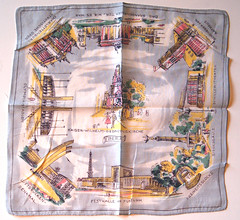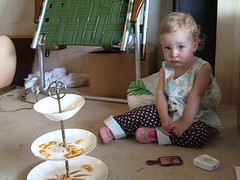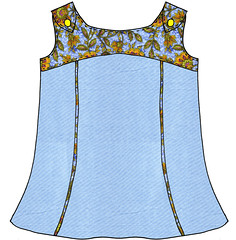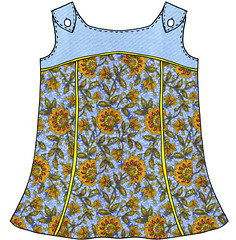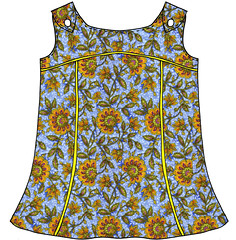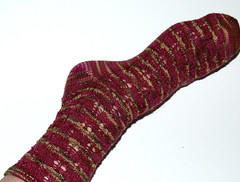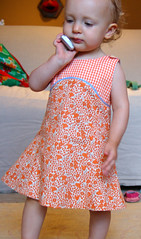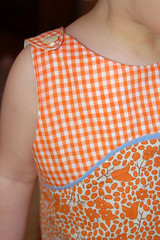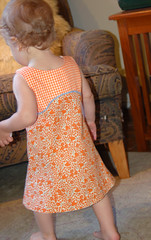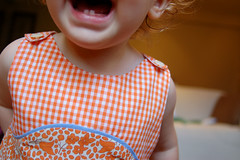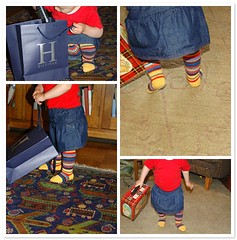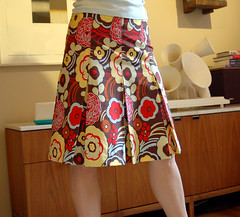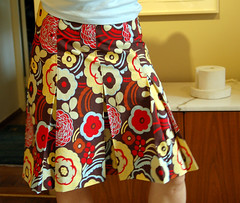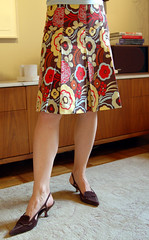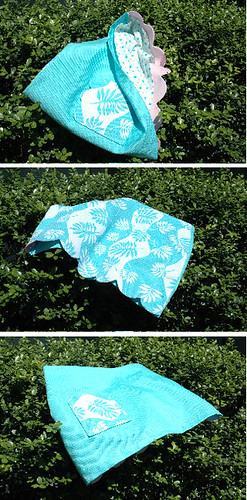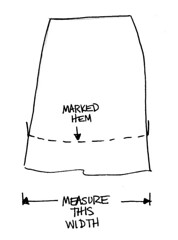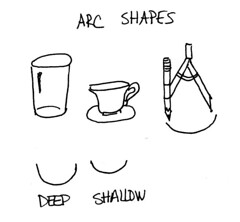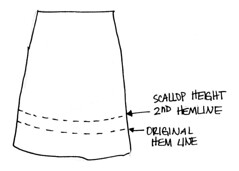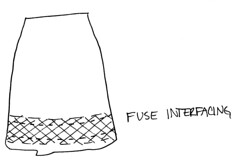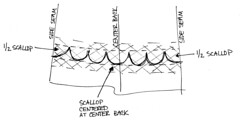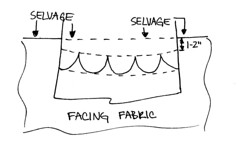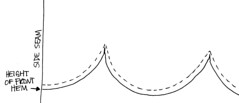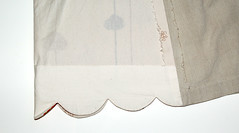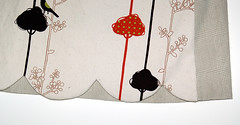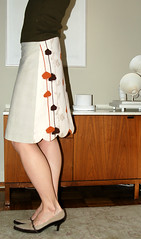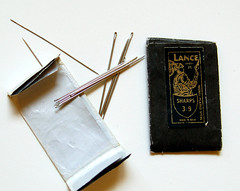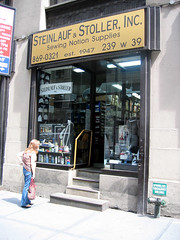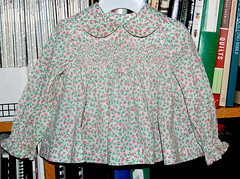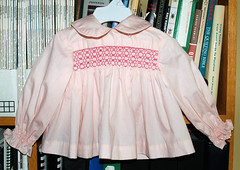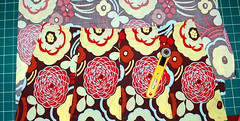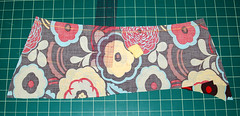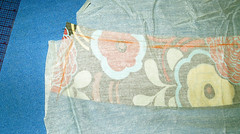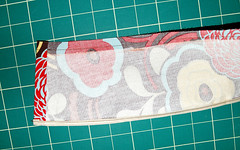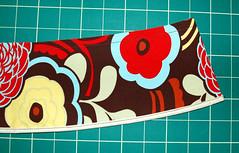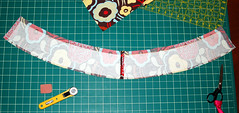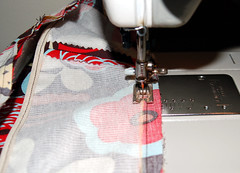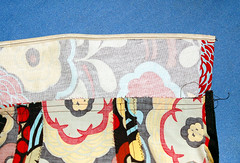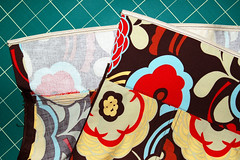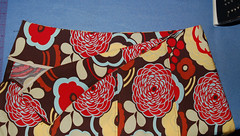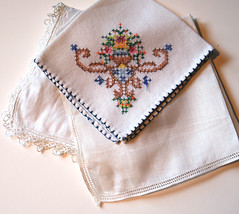
Anyway, I spent naptime today tearing through my binders, trying to find the article in which lovely Martha dyed fabric with natural plant dyes (my friend Laurel says it's September 2001, but she doesn't have it either). I can't locate it although I'm sure I saved it. I remember loving the resulting colors, and I really want to dye some cotton voiles myself this summer, especially since white voile costs just a few dollars a yard but the colored voiles are all something in the range of $16, which is just outrageous when I'd rather create my own colors anyway. So here I am, drooling over the Baker's Linen Apron and feeling the need to order myself a bunch of that gorgeous linen, finding the sleekest and simplest shelf brackets, finally uncovering that article about making your own lamps from old vases and pottery. Grandma B. always quotes a dear, departed mutual friend of ours who used to say, "Every day Ben [her husband] and I look for something we've lost, and every day we find something we didn't know we were missing." I feel that way about Martha; every time I look through my MSL archives I find some other project I didn't know I needed to make. And meanwhile, I haven't found the project I already did know I needed to make.
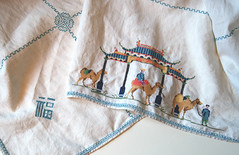
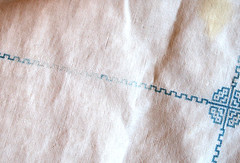
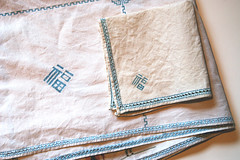
These are some of my favorite linens from Grandma V. Thanks for your sentiments and for your comments and suggestions regarding the stains. I've been soaking them in Oxi Clean and hoping for the best, and in some cases the results have been terrific. The one item that I love most, however, is proving to be more troublesome: this tablecloth is card table-sized, and the cross-stitched scene repeats on all four sides, while the little motif/letters (I wonder if this is a foreign language or just a geometric motif?) repeat at each corner. It's made of high quality linen, and the embroidery is all cross stitched. It must have taken forever to make, and I have no idea about it's origins: Grandma and her second husband may have picked it up during one of their many trips. She must have bleached it already, since the tablecloth is lighter than the matching napkins. It may give me an excuse to spend a morning in the sun sometime when the babysitter can watch the kiddo and I can pretend to be removing the spots from the tablecloth when I'm actually laying in the grass, reading a book, and simultaneously hoping that the stains come out with me doing nothing to help them. I'll need to re-stitch that bleached cross-stitched area as well.
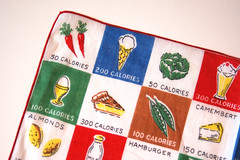
By the way, there's been a lot of blog talk about the faded and overdyed fabrics in the most recent issue of MSL. Count me in: I immediately reached for the yards of garishly printed voile I bought a few months ago. The fabric was really inexpensive, unlike those Liberty Tana Lawns that Martha's people used. I need more bleach to do the job, but I'm thinking about a summer blouse, maybe a little bit like this one.
